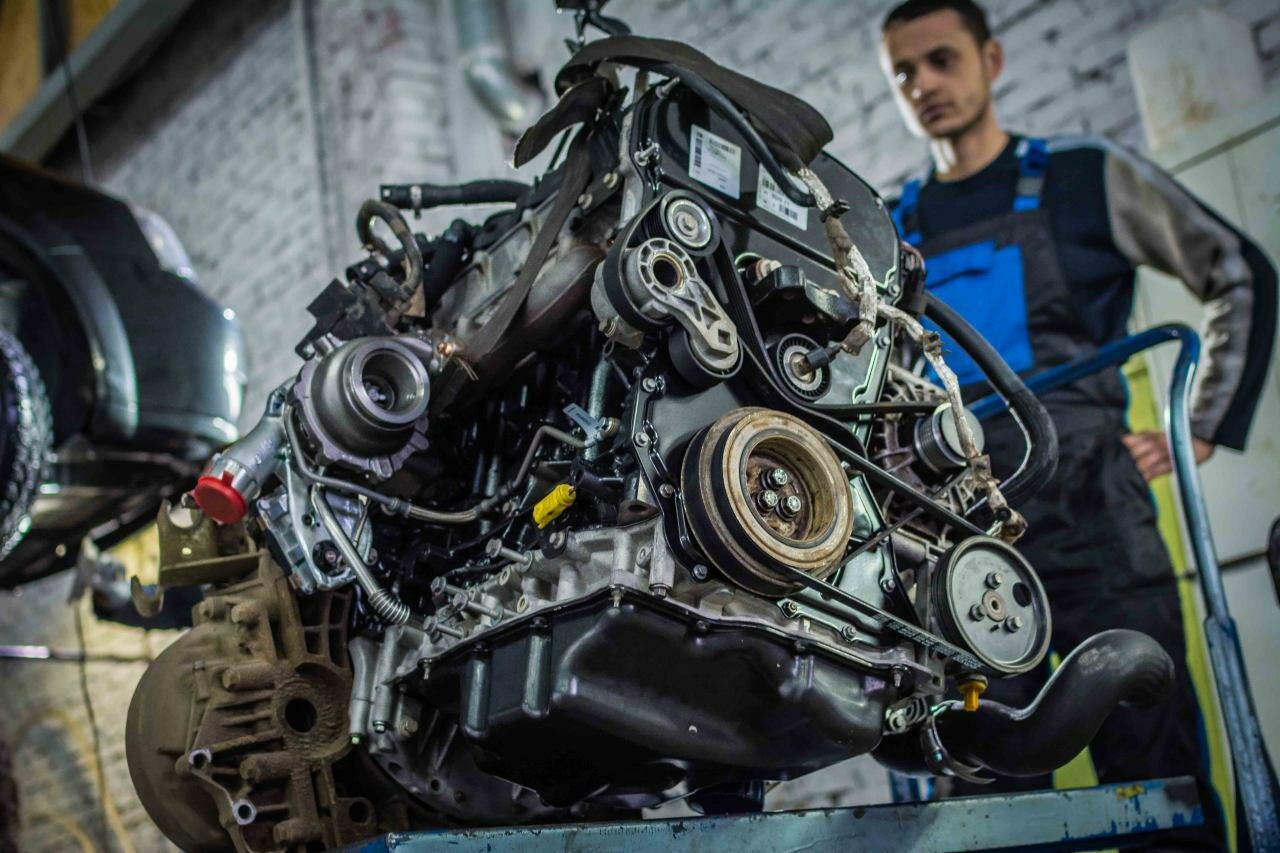Introduction
Transporting an Engine: A No-Nonsense Guide
- Why is transporting an engine so important?
- What are the challenges involved in engine transportation?
- How can you ensure the safe and efficient transport of an engine?
Transporting an engine can be a daunting task, requiring careful planning and execution. Whether you are moving an engine for repair, replacement, or sale, it is crucial to handle this heavy and delicate machinery with utmost care. In this comprehensive guide, we will provide you with practical insights and step-by-step instructions on how to transport an engine effectively and safely.
Why is transporting an engine so important?
Engines are the heart of any vehicle or machinery, and their proper functioning is essential for optimal performance. During transportation, engines are susceptible to various risks, such as damage from vibrations, impacts, or improper handling. Additionally, engines contain sensitive components that can be easily damaged if not handled correctly. Therefore, understanding the best practices for engine transportation is vital to ensure its integrity and longevity.
What are the challenges involved in engine transportation?
Transporting an engine poses several challenges that require careful consideration. Engines are heavy and often bulky, making them difficult to maneuver and transport safely. Moreover, engines can be sensitive to changes in temperature, humidity, and vibrations, which can affect their performance and reliability. Furthermore, the intricate internal components of an engine can be easily damaged if not adequately protected during transportation. Therefore, it is crucial to address these challenges and implement appropriate measures to overcome them.
How can you ensure the safe and efficient transport of an engine?
To ensure the safe and efficient transport of an engine, it is essential to follow a set of guidelines and best practices. These include proper packaging and securing of the engine, selecting appropriate transportation methods, and taking necessary precautions to minimize potential risks. By adhering to these recommendations, you can mitigate the chances of damage to the engine and ensure its safe arrival at its destination.
In the following sections, we will delve into the specifics of each step involved in transporting an engine. From preparation and packaging to selecting the right transportation method, we will provide you with practical recommendations to make your engine transportation experience hassle-free and successful. So, let’s get started on this no-nonsense journey of engine transportation!
Essential Steps for Engine Transportation
Step 1: Preparation
Before transporting an engine, thorough preparation is crucial to ensure a smooth and safe journey. Here are the key steps to follow:
- Drain fluids: Start by draining all fluids, such as oil, coolant, and fuel, from the engine. This reduces the risk of leaks and spills during transportation.
- Disconnect and secure: Disconnect any electrical or mechanical connections to the engine, such as wiring harnesses, hoses, and belts. Secure loose parts to prevent damage during transit.
- Clean and inspect: Thoroughly clean the engine to remove any dirt or debris. Inspect for any signs of damage or wear that may require attention before transportation.
Step 2: Packaging and Protection
Proper packaging and protection are essential to safeguard the engine during transportation. Follow these guidelines:
- Use a crate or pallet: Place the engine on a sturdy crate or pallet to provide a stable base for transportation. Ensure the crate is of appropriate size and strength to support the weight of the engine.
- Secure the engine: Use straps or chains to secure the engine to the crate or pallet, preventing any movement or shifting during transit.
- Protect sensitive components: Cover delicate parts, such as exposed wiring or sensors, with protective materials like bubble wrap or foam padding to prevent damage.
- Consider climate control: If transporting the engine in extreme temperatures or high humidity, consider using climate-controlled containers or packaging to maintain optimal conditions.
Step 3: Selecting the Right Transportation Method
Choosing the appropriate transportation method is crucial to ensure the engine’s safe and timely delivery. Consider the following options:
| Transportation Method | Pros | Cons |
|---|---|---|
| Road transport |
|
|
| Air transport |
|
|
| Sea transport |
|
|
Practical Recommendations for Engine Transportation
To ensure a successful engine transportation experience, consider the following practical recommendations:
- Insurance: Obtain appropriate insurance coverage to protect against any unforeseen incidents or damages during transit.
- Documentation: Keep all necessary paperwork, such as invoices, receipts, and permits, organized and easily accessible throughout the transportation process.
- Communication: Maintain clear and regular communication with the transportation company or individuals involved to stay informed about the progress and any potential issues.
- Tracking: If available, utilize tracking services or technologies to monitor the location and status of the engine during transit.
Top views |
|
|---|---|
 |
Oil, Timing Chains, Pistons: What Really Kills an Engine Prematurely? |
 |
How to Choose a Car with a Reliable Engine: Used Car Market Hacks That Actually Work |
Conclusions
Transporting an engine requires careful planning, preparation, and execution. By following the essential steps outlined in this guide, you can ensure the safe and efficient transportation of your engine. Remember to drain fluids, disconnect and secure components, and properly package and protect the engine. Choose the appropriate transportation method based on your needs and consider practical recommendations such as insurance coverage, documentation, communication, and tracking. With these guidelines in mind, you can transport your engine with confidence, knowing that it will reach its destination in optimal condition.




0 Comments